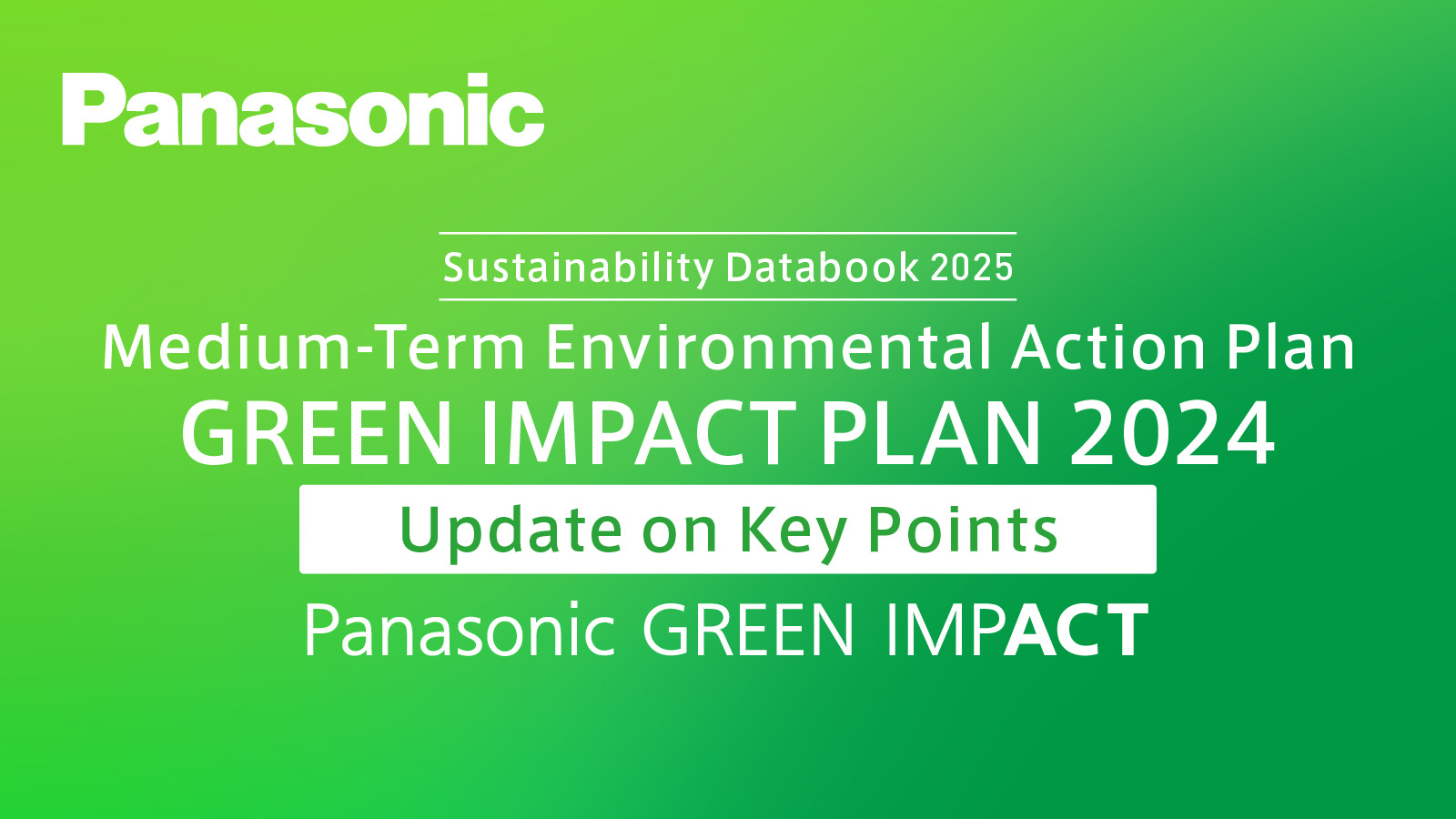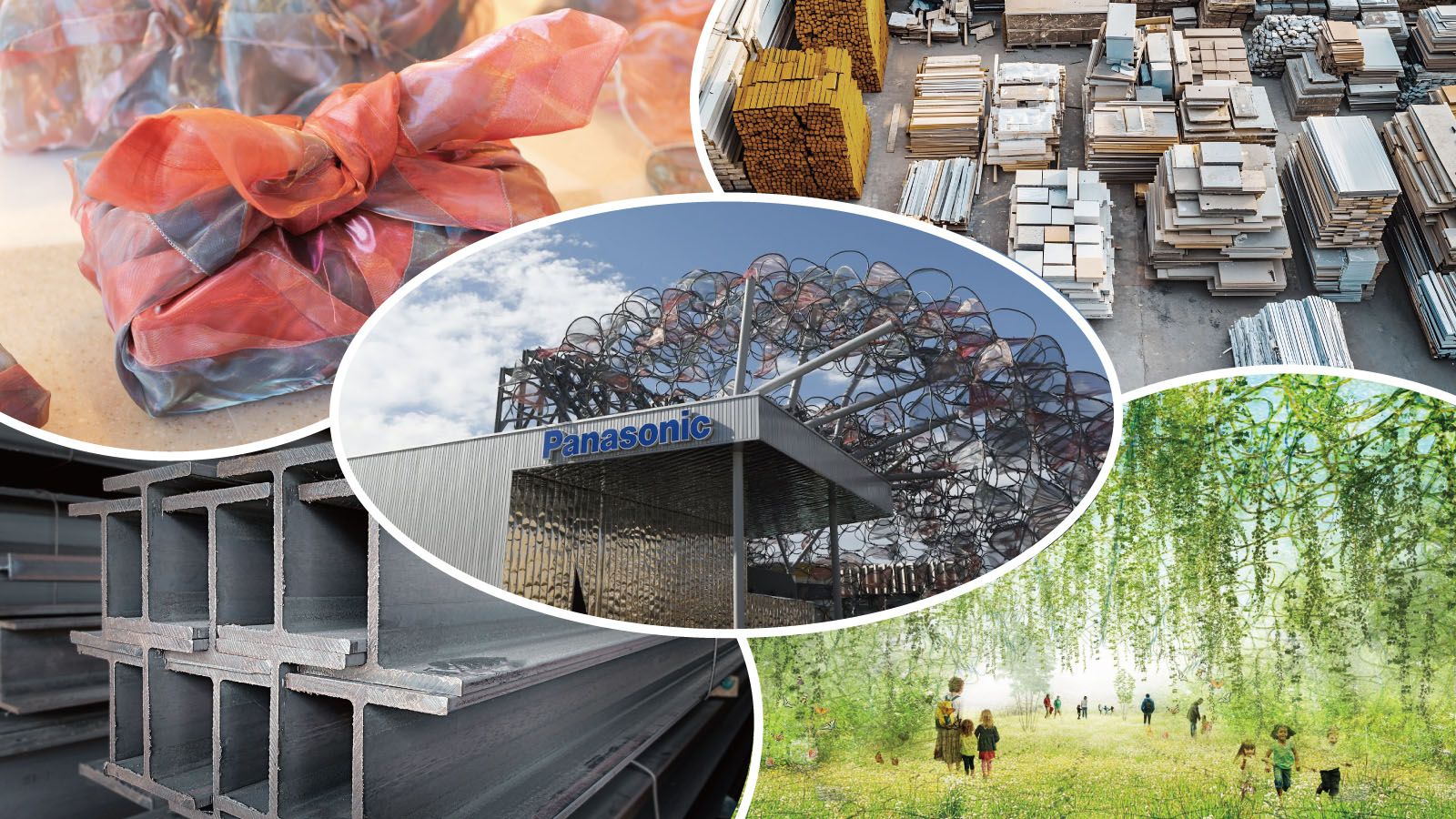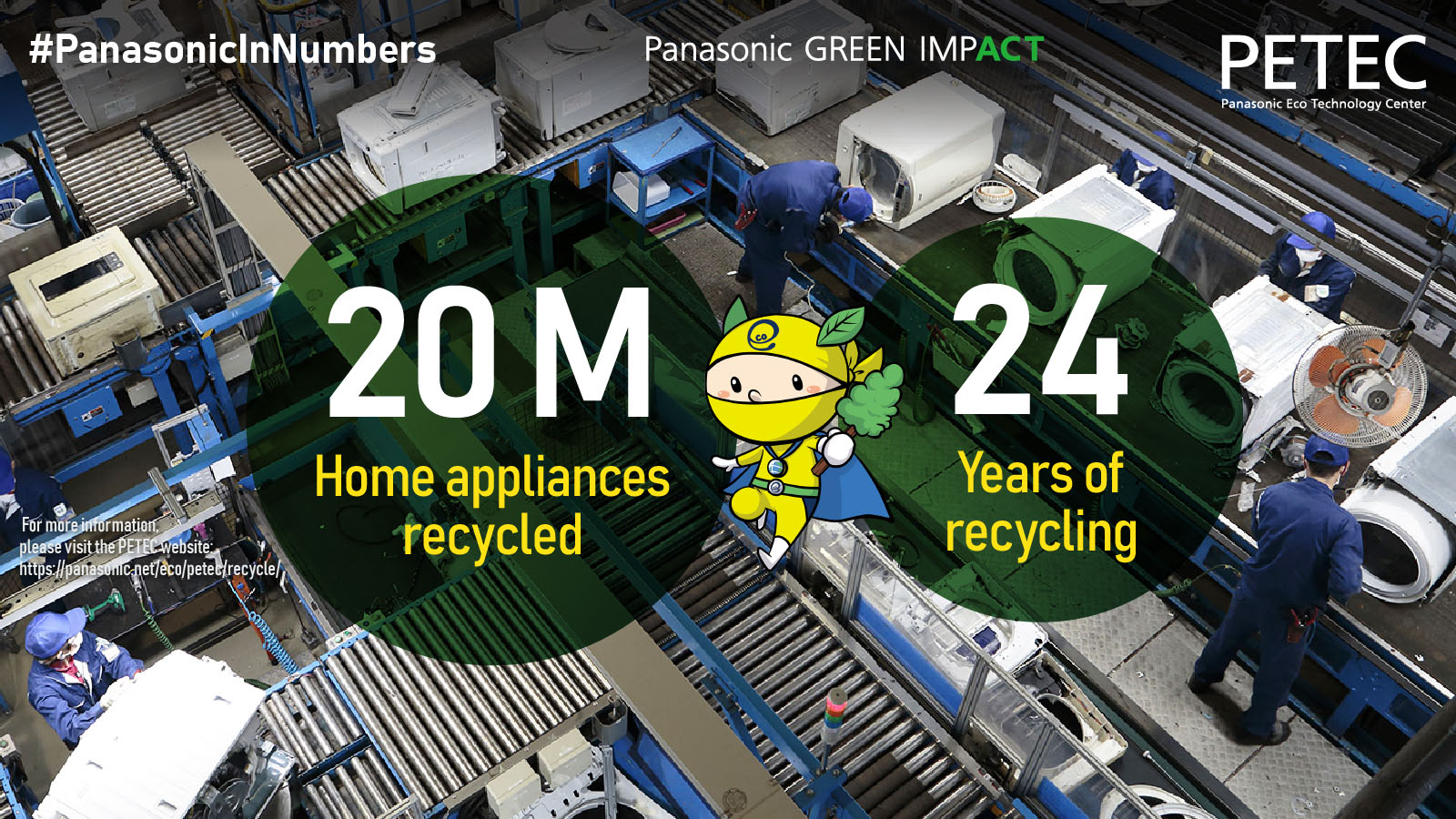“GX is an initiative led by the Japanese government that focuses on the shift from fossil fuels to clean energy,” he continued. “CPS, on the other hand, is a concept unique to the Panasonic Group, which aims to realize a ‘better life’ for people by combining the physical realm with the digital, data-driven cyber realm.”
Taking the lead in areas that are beyond the reach of individual operating companies and themes with longer-term timeframes, the PHD Technology Division plays a supporting role that transcends the boundaries of operating companies to strengthen the competitiveness of each company.
As mentioned above, the Technology Division’s approach to GX centers on promoting research and development in the three areas of carbon neutrality, circular economy, and nature positivity. Its goal is to create future impacts in these areas.
“A few years ago, we were only talking about directions, but now we’re growing our business to the point where we’re looking at mass production. We will continue to make investments, however modest, over the next 10 to 20 years in themes that deviate a bit from the areas that each of the operating companies is working on—mainly energy and resource-related themes. I believe that being in a position to do this is PHD’s true value,” said Ogawa.
** Specific examples of GX technologies can be found at the end of this article





















